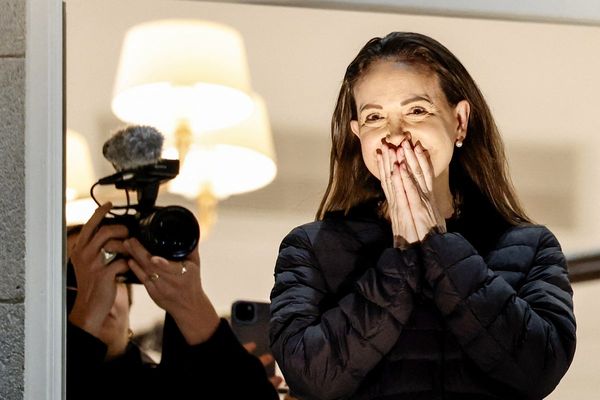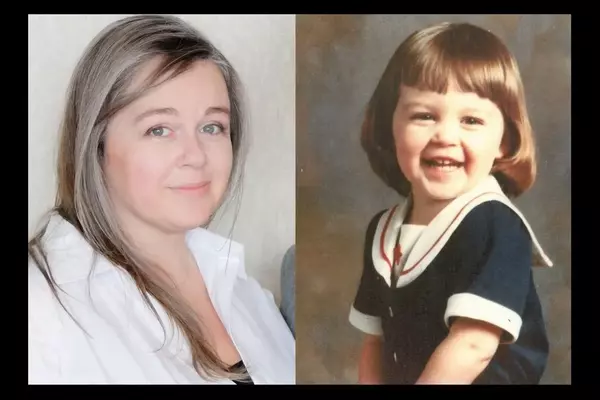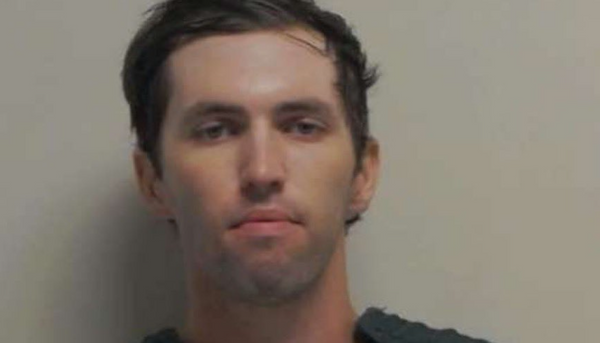
It's a random winter's night at the world famous Dapto Dogs and no more than 50 people are in attendance.
The subdued scene makes it hard to believe thousands once routinely packed into the showground's grandstand to watch the greyhounds go around.
In less than a year, there will be nobody left in the stands as the lights on the iconic track are turned off for the final time.
The first race meet at Dapto was held in February 1937. Next June, just shy of its 90th year in operation, the racetrack will close.

The decision came after the showground's owners, the Dapto Agricultural and Horticultural Society, opted not to extend its lease.
David from Goulburn, who is happy to chat but prefers not to give his last name, has been a hobby trainer since 1958 and spent decades travelling to racetracks across southern NSW.
While the 84-year-old is saddened by the reality Dapto will close, he acknowledges the sport needs to progress.
"Racing has been good to me ... there's good money to be earned," he tells AAP.
"There was a time there would be thousands of people in the stands but since COVID people prefer to stay at home.
"I'll be sad to see Dapto close but that's just progress."

Greyhound NSW chief executive Steve Griffin, who took on the job in March, says the organisation initially tried to negotiate a 20-year lease with the owners but were unsuccessful.
"It's very much a landlord-tenant thing so we've got no real basis to challenge it," he laments.
"At the end of the day we need to make long-term investments in the sport and we're ready to do that, so we need to move on."
But the closure at Dapto has been a hard pill to swallow.
"For the staff and local trainers who have been using that site for generations, they are grieving and have a sense of loss, as do people in the community," Mr Griffin says.
"It may sound clichéd but the Dapto Dogs is as Australian as meat pies and Holden cars and whether you are a punter or not, you have heard of the name.
"It is an iconic venue and location and it's disappointing but we do need to move forward."

Twenty-year-old Seth Hermann is one of the younger brigade of Dapto locals rarely seen at the track of late.
He remembers going to the races with his dad as a five-year-old, back when a full house was the standard.
Now an apprentice electrician, seeing the track lights aglow on his way home from work and in the knowledge they won't be on for much longer, he decided to pull in for a drink or two.
"I'm not skilled enough for punting but I'll give the dogs a watch," he offers.
"Every Thursday on my way home from work, I see the lights and think I should go watch but I don't.
"I saw the lights tonight and thought I better come and see it before it shuts because who knows when the next time I can come will be."

But even he expected a few more people to have the same idea.
"(The closure) is sad news, not so much that it's stopping racing but just that this is something that Dapto is known for," he says.
"You see it on TV and you think that's pretty cool, I shop there, I live there."
Trainers and punters will still have two greyhound racing options in the Illawarra area, further north at Bulli and to the south at Nowra.
Greyhound NSW insists racing is a thriving sport in the state, with 26 clubs.
It holds more than 1200 meetings a year, hosting 14,000 races, attracting almost 170,000 spectators and paying out more than $50 million in prize money.

It also generates more than $800 million every year, supporting more than 4500 jobs of which almost half are in regional areas.
But for the sport to continue, it needs to modernise.
The organisation is currently completing an optimisation process, as there are currently too many racecourses in NSW.
Compared to 13 in Victoria, there are 27 in NSW.
It's also difficult for clubs to maintain a profit if they are only racing once a week, Mr Griffin says.
"We want to connect, excite and delight the community," he explains.
"That could mean changing what the product looks like, racing on astroturf and straight tracks, with safety for greyhounds the imperative.
"We need to get even better at welfare and reducing injury rates and we need to place the greyhounds in good homes when they become pets."

The industry is preparing to celebrate its 100th birthday in 2027.
As for the next 100 years, appealing to the next generation will be key to its survival.
There are between 200 and 300 trainers under the age of 25, Mr Griffin says.
"We are cognisant of the fact the industry has a very aged demographic and we need to have a future of people in the sport," he adds.
"It's not an easy life to be a trainer and it's not attractive for a lot of people.
"But there are those looking to come into the sport and we need to support them."







